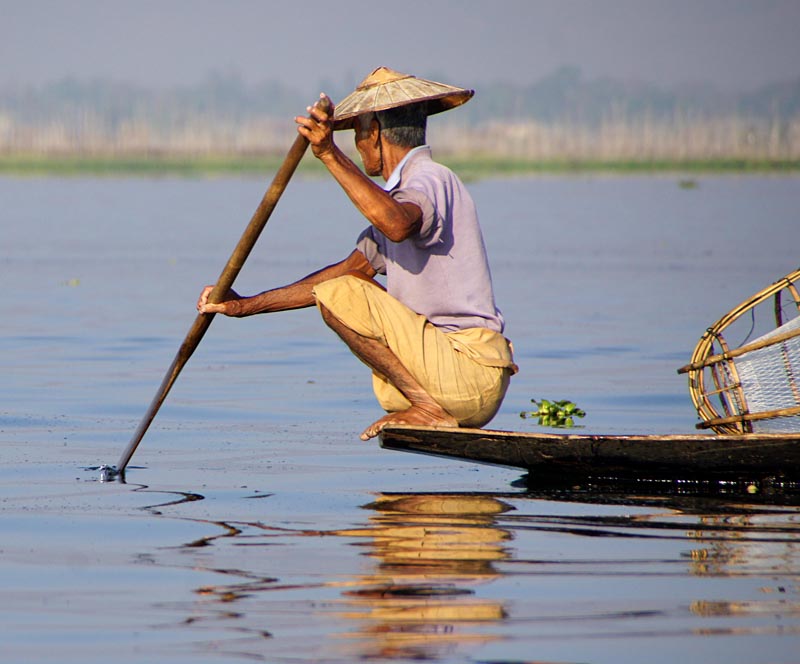Much less the rabble-rouser than 2008’s Burma VJ, Robert H. Lieberman’s two years of firsthand reportage from that country was filmed prior to recent developments that freed Nobel-winning opposition leader Aung San Suu Kyi (just elected to Parliament) from house arrest. Suu Kyi is interviewed here, but her remarks—like the rest of the doc—fall well behind the news cycle. Lieberman, who teaches physics at Cornell, also waits far too long to explain Burma’s history, a mistake any HBO editor would have quickly rectified. He also asks the same benign questions over and over again (“Have you been to school?”), and resorts to the same shots of adorable kids doing manual labor. Still, because he filmed most of his footage covertly while on teaching and tourist visas, he provides a valuable, commendable glimpse into what he calls “the second most isolated country on the planet.” In a weird way, under military rule since 1962, Burma has been preserved and paradoxically protected from the West, Lieberman finds, unlike its gaudy neighbors Thailand and Vietnam. There are elements of travelogue to the scenes of pristine rice paddies, temples, and oxcarts, but Lieberman is quick to interrogate any friendly face on the street. Just to ask questions is a subversive act in a country where propaganda slogans read “Crush all internal and external destructive elements as the common enemy.” A title card explains at the outset that he won’t identify any of his interviewees, many of whom speak English, his camera sometimes directed at their feet. One woman says, “There is something brewing beneath that calm, serene facade” of her homeland. Reading the latest headlines, it’s likely she’s right. NOTE: Lieberman will attend the screenings Wed., April 11 and Thurs., April 12.
They Call It Myanmar: Lifting the Curtain: A Burma Documentary Is Suddenly Topical








